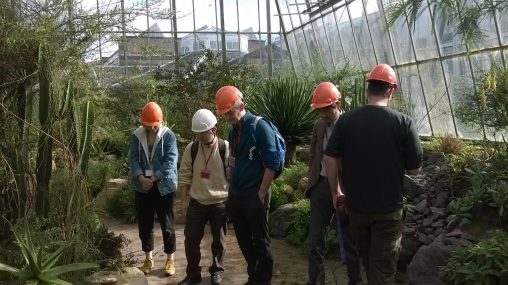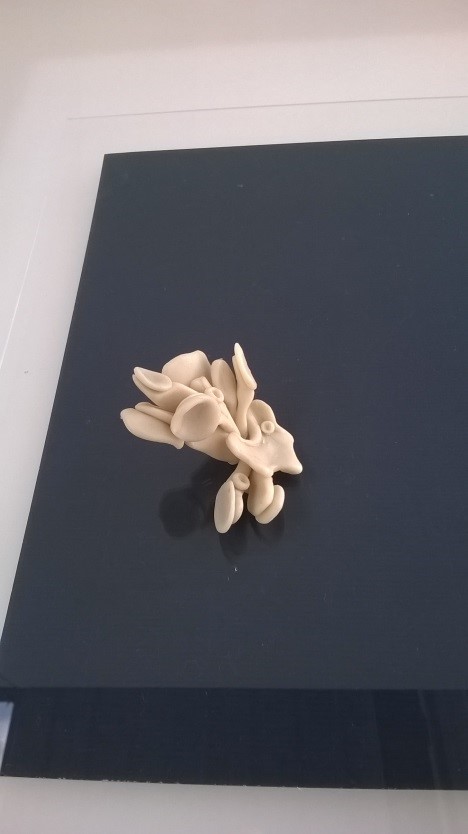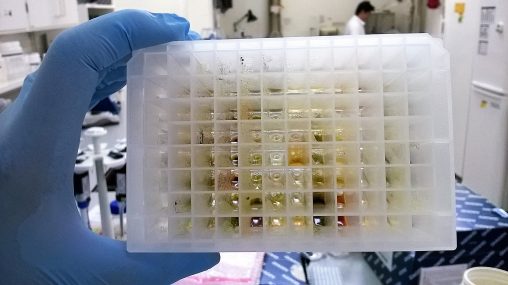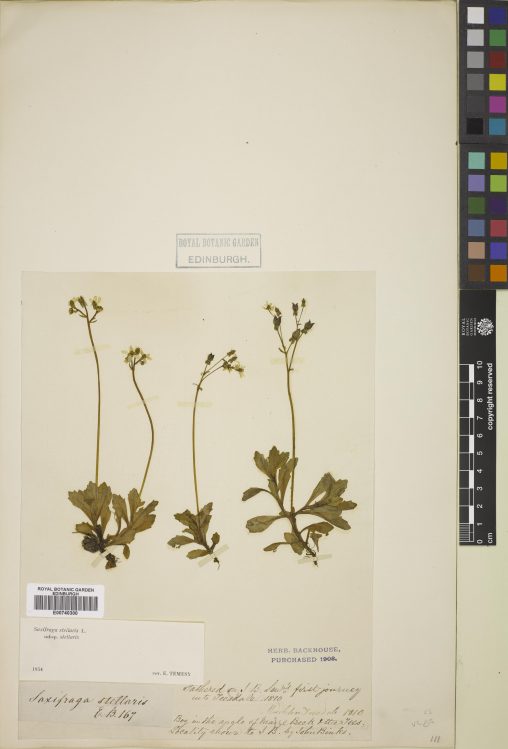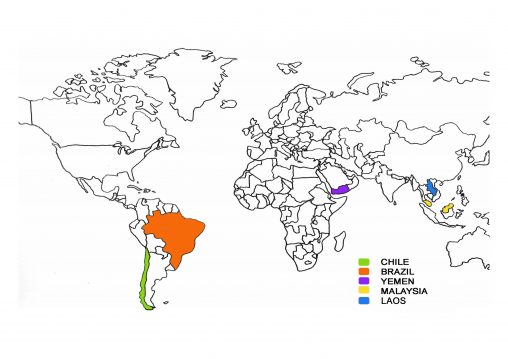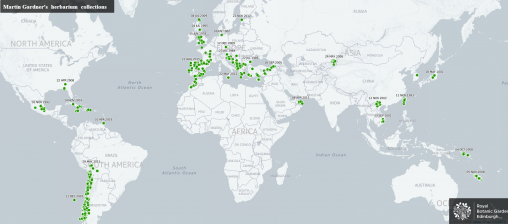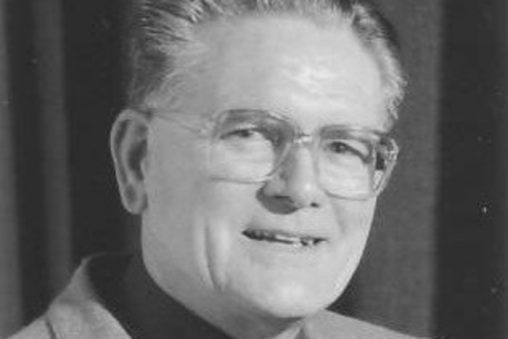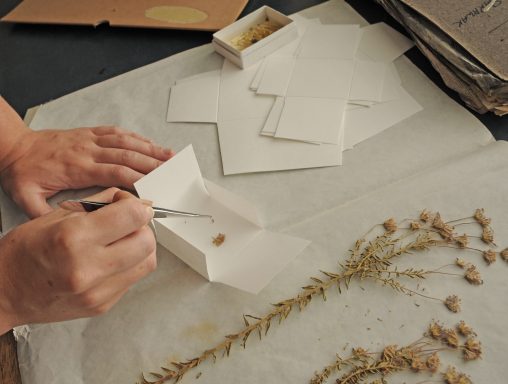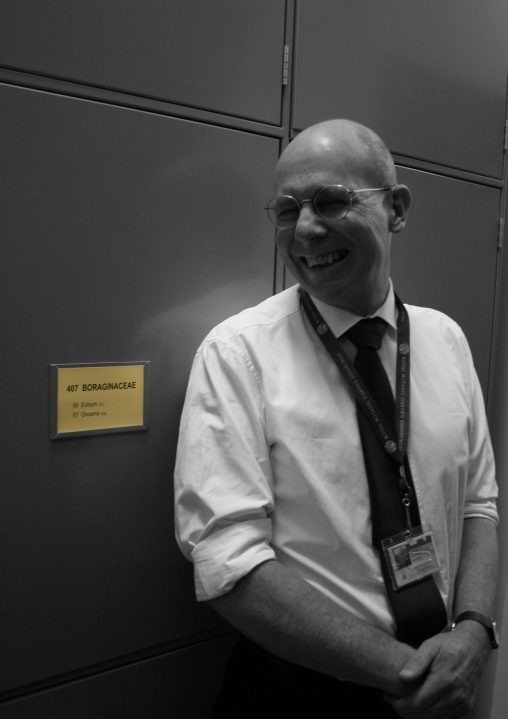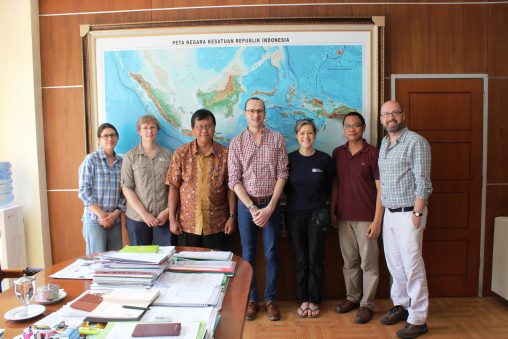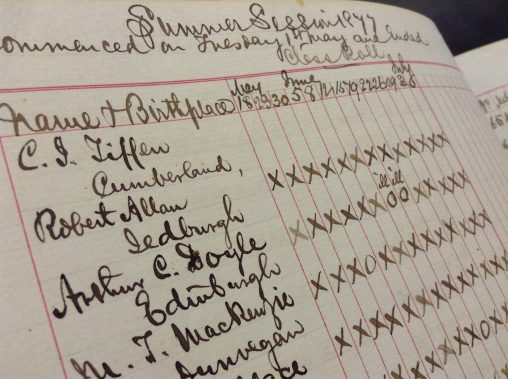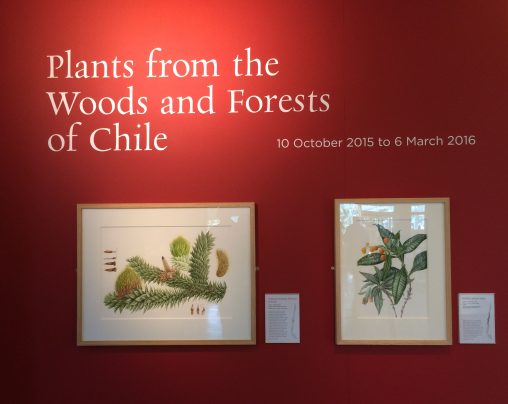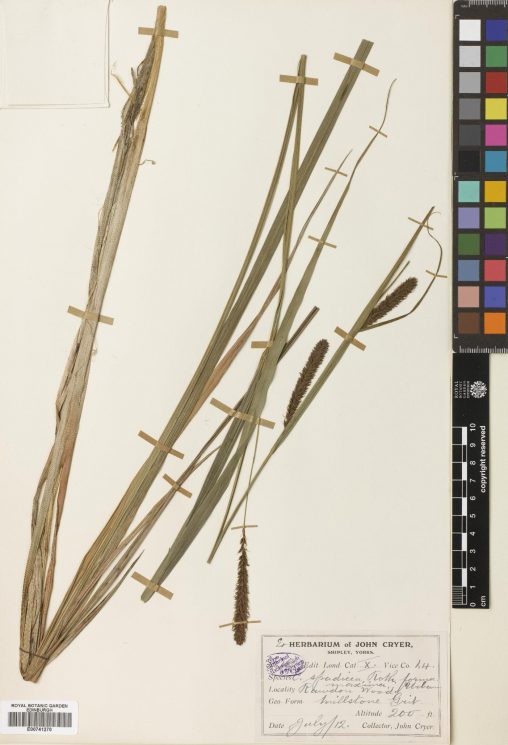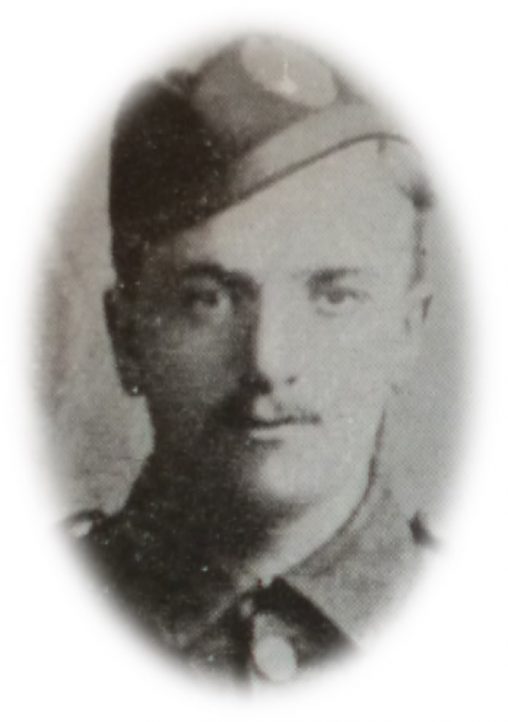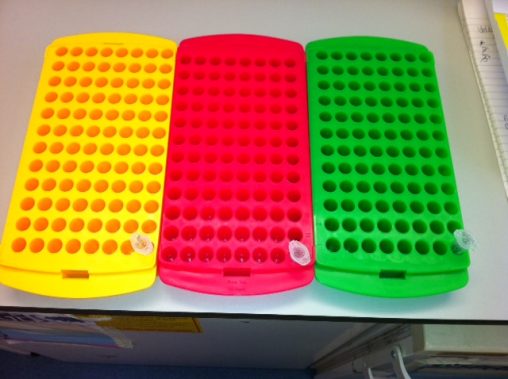Tag: herbariumPage 6 of 8
Every wild collected plant in the huge living collection at RBGE comes with a story. Of course, some are more interesting than others… In 2014 Katherine Dixon…
As part of our hybrid capture project, we sampled from an Inga umbellifera specimen that was collected about 180 years ago, by Andrew Mathews, in Peru in 1835….
Last May (the 15th, to be precise), we sent three eppendorf tubes containing Illumina Tru-Seq and NEB-Next libraries constructed from Inga DNAs, most of which had been extracted…

